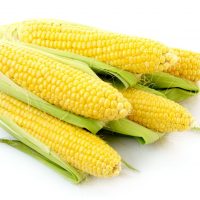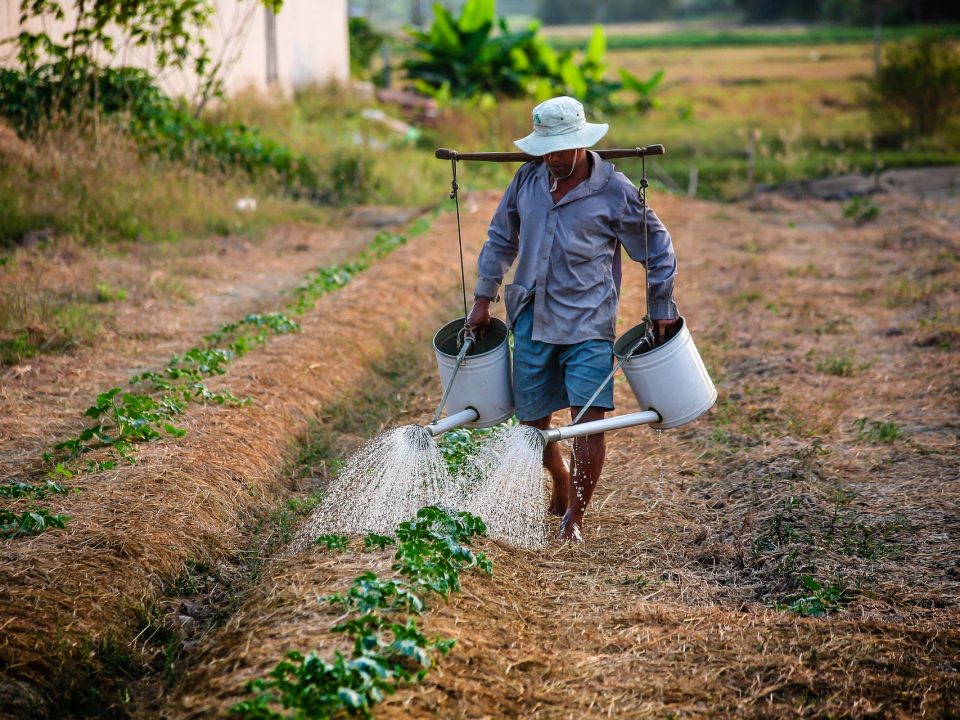Corn Garden-Grown

Tomato Growing Tips
May 15, 2018
Hot Pepper Seeds
May 15, 2018| Corn Garden-Grown |
| Isn’t Fresh Organic Garden-Grown Corn Everyone’s Favorite? Add organic corn seeds to your list of organic gardening favorites. The payoff is huge and yummy! With optimal conditions, corn is great for small or large organic gardening. This fun sun-loving crop waits until the weather gets nice and toasty, then pops out into the world in all of its crunchy lunchy sweetness for kids of all ages to enjoy. Ok, let’s get to the core kernel knowledge of how one of my favorite organic vegetables (organic of course) makes its way from soil to sky. First of all, you will find a variety of certified organic corn seeds on the market, but what they all share in common is that they all need and love well-worked, fertile ground with excellent drainage and full sun.
Clumping Organic Corn Seeds Corn seeds should be sown directly into the garden on the average date of last frost about 2 to 4 inches apart in short rows forming something like a clump. Planting organic corn seeds in clumps ensures successful pollination. Organic corn should be grown 2 to 3 feet apart. Closer together is ok, but the corn needs to be watered and fed even more. Organic corn is also a heavy user of nitrogen and requires fertilizing in the spring, again at 8 inches and then again at 18 inches.
Water Your Organic Corn Often, But Stay off the Tassels When watering organic corn, keep the soil evenly moist. This is important because corn grows so quickly in hot weather that its leaves wilt because the roots cannot supply them with enough consistent moisture. Organic corn plants also require a lot of water, but be careful not to let water fall on the tassels. Pollen from the tassels must fall onto the corn silk to produce kernels. If pollination doesn’t occur, you get the cob only without the kernels. Not good… Good luck! |






